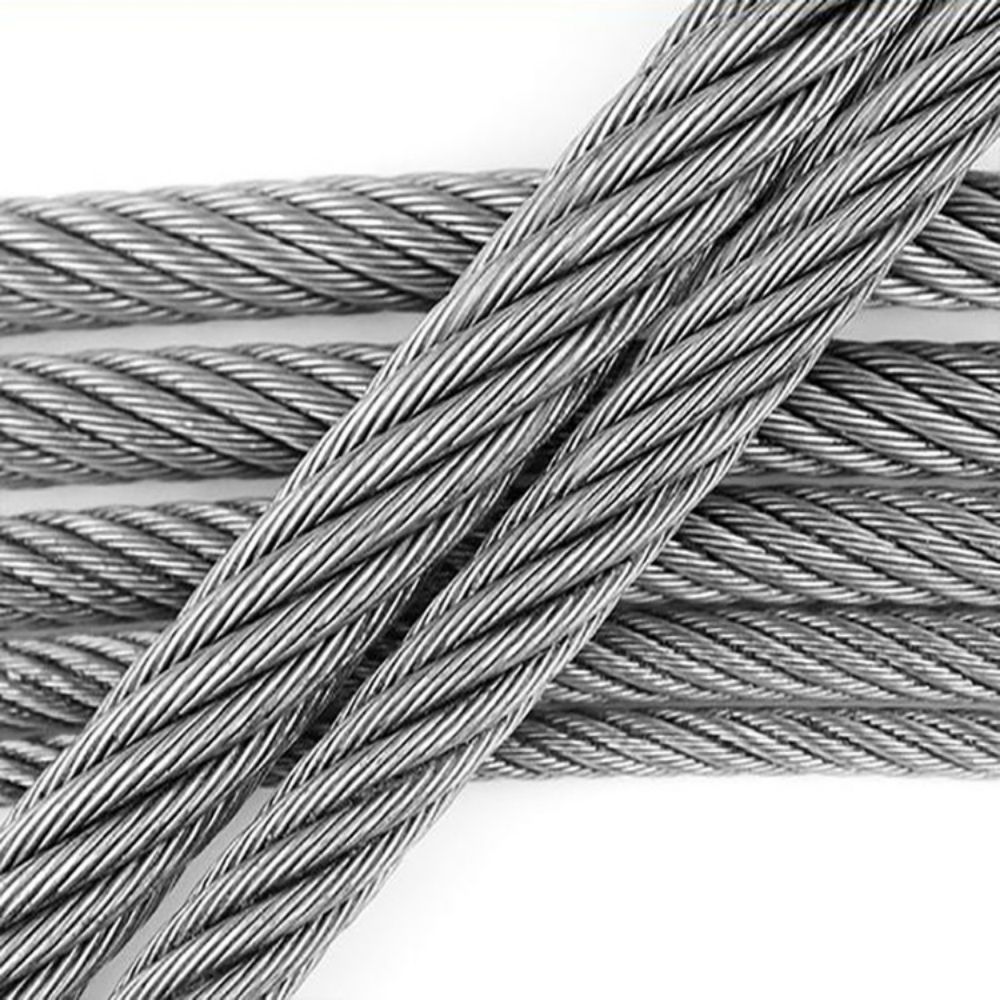
Stainless wire ropes are vital for their strength and corrosion resistance. Blogs offer insights for professionals and DIY enthusiasts on their uses and benefits. Here’s what you can typically expect to find in these blogs:
Repeated bending causes cyclic stress, leading to fatigue through microscopic cracks that grow over time. These cracks are concentrated at high-stress points, such as where the rope contacts sheaves and drums.
Stress Concentration:
Accumulation of Micro-Damage:
Fretting fatigue occurs due to friction between individual wires within the rope, worsened by repeated bending. This is problematic in continuous-contact applications like elevators and suspension bridges.
Interwire Friction:
Fretting Zones:
Wire ropes experience both internal and external wear. Internal wear is due to interwire contact, while external wear results from bending over sheaves or drums.
Internal Wear:
External Wear:
Internal Wear:
External Wear:
Corrosion is accelerated by repeated bending, especially in moist or corrosive environments. Bending can damage protective coatings, allowing corrosive agents to penetrate.
Coating Damage:
Accelerated Corrosion:
Understanding these degradation mechanisms—fatigue, fretting fatigue, wear, and corrosion—is essential for ensuring the safe and efficient use of wire ropes in various industrial applications. Regular maintenance, inspections, and protective measures are vital for prolonging the operational life of wire ropes.
Stainless wire ropes are vital for their strength and corrosion resistance. Blogs offer insights for professionals and DIY enthusiasts on their uses and benefits. Here’s what you can typically expect to find in these blogs: